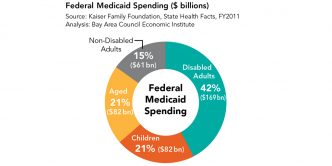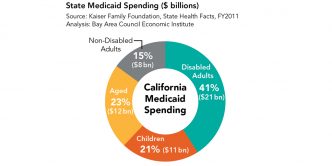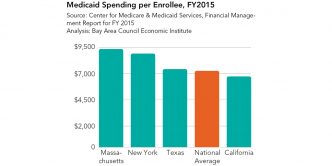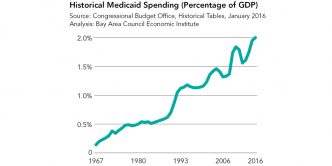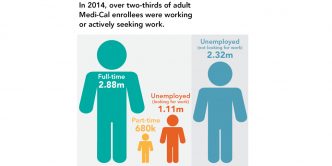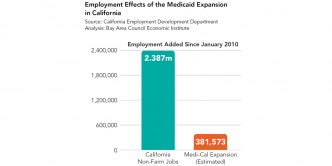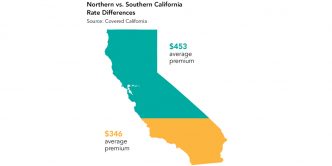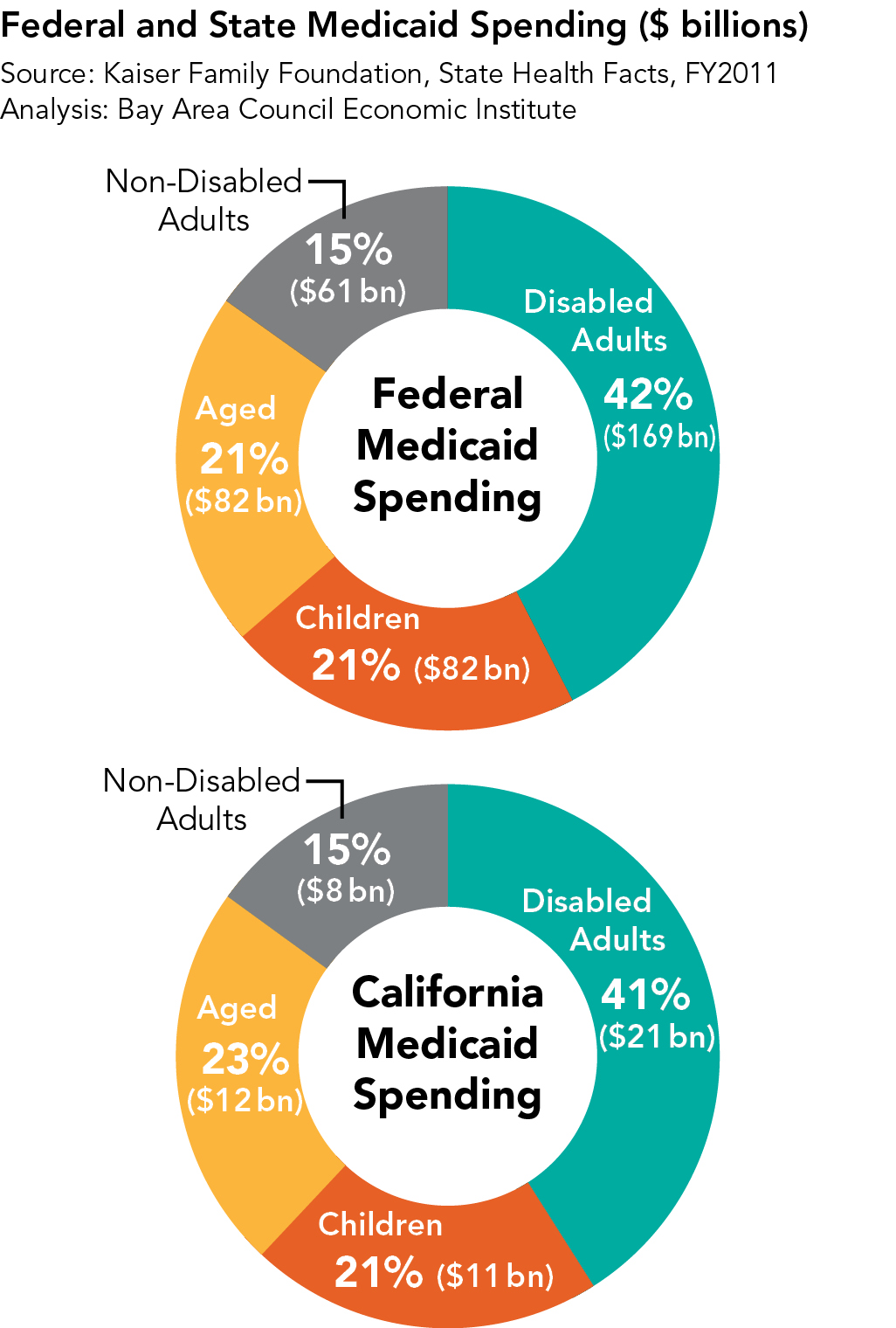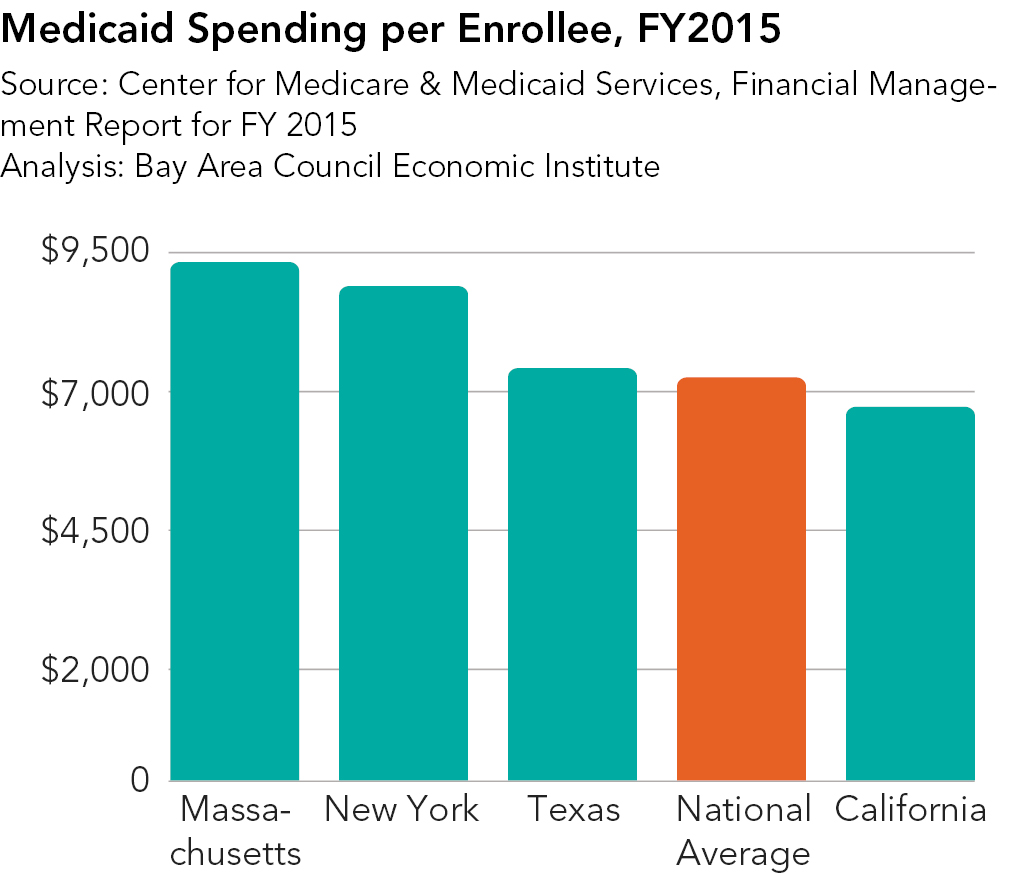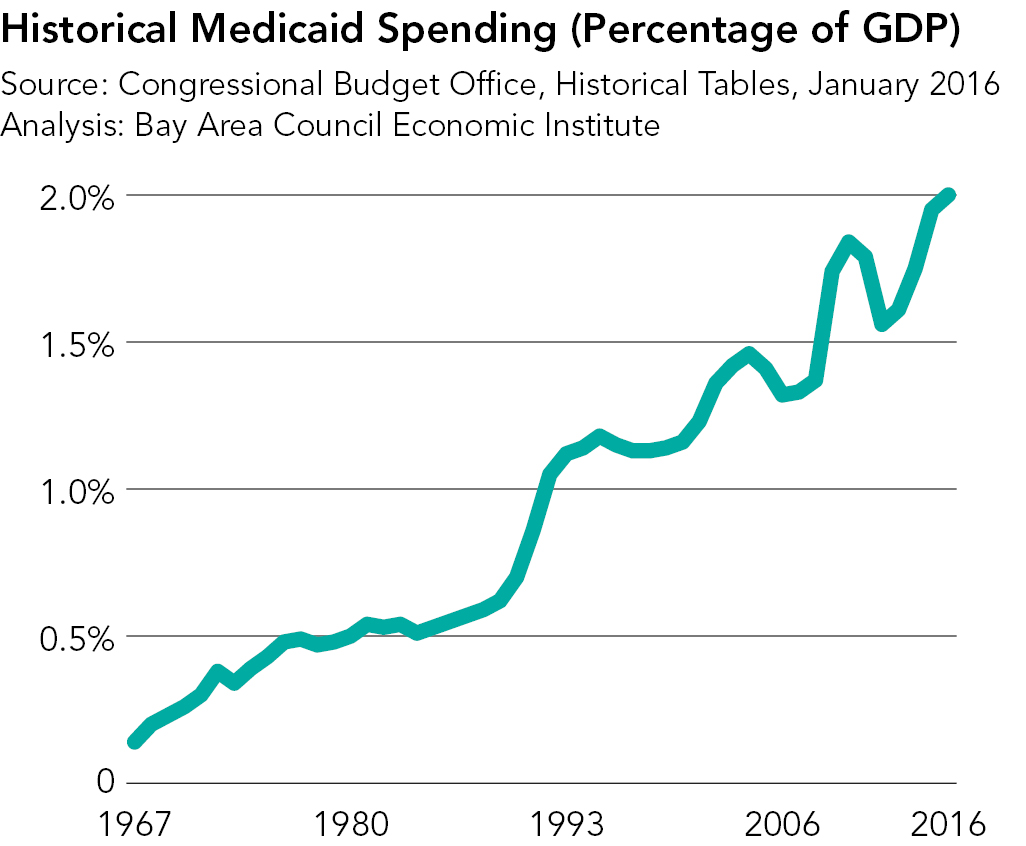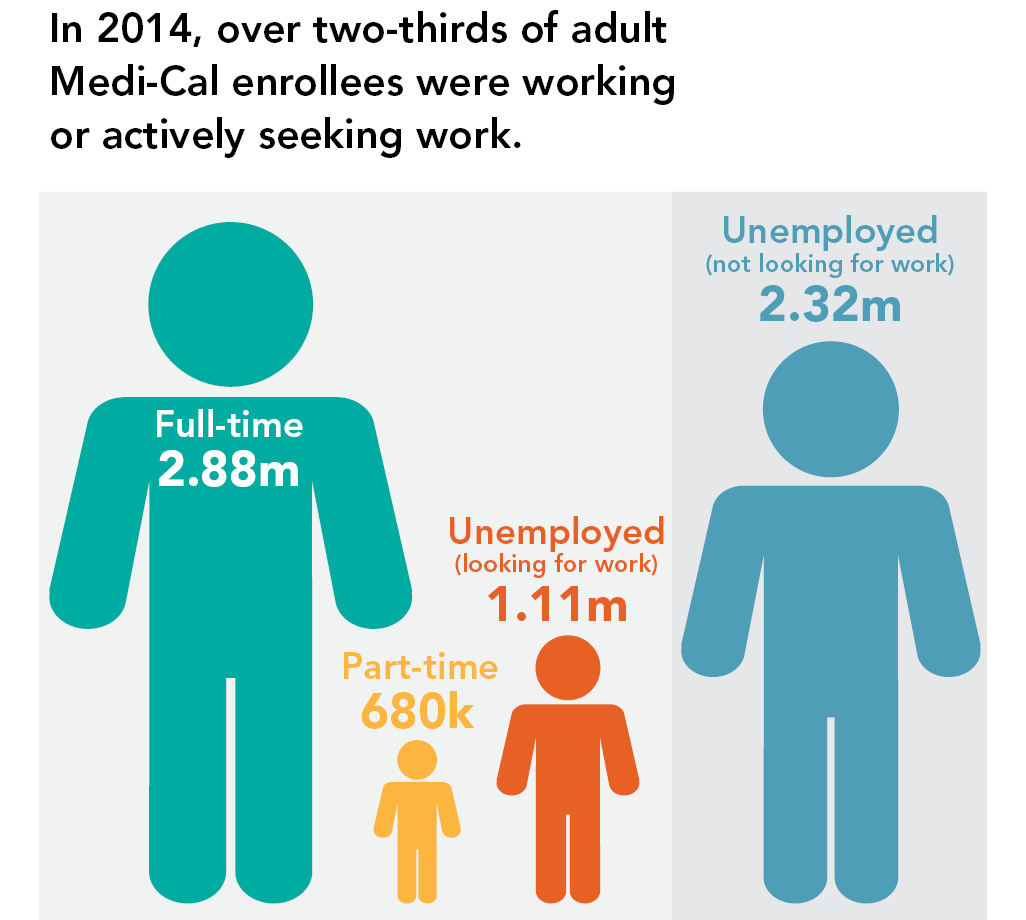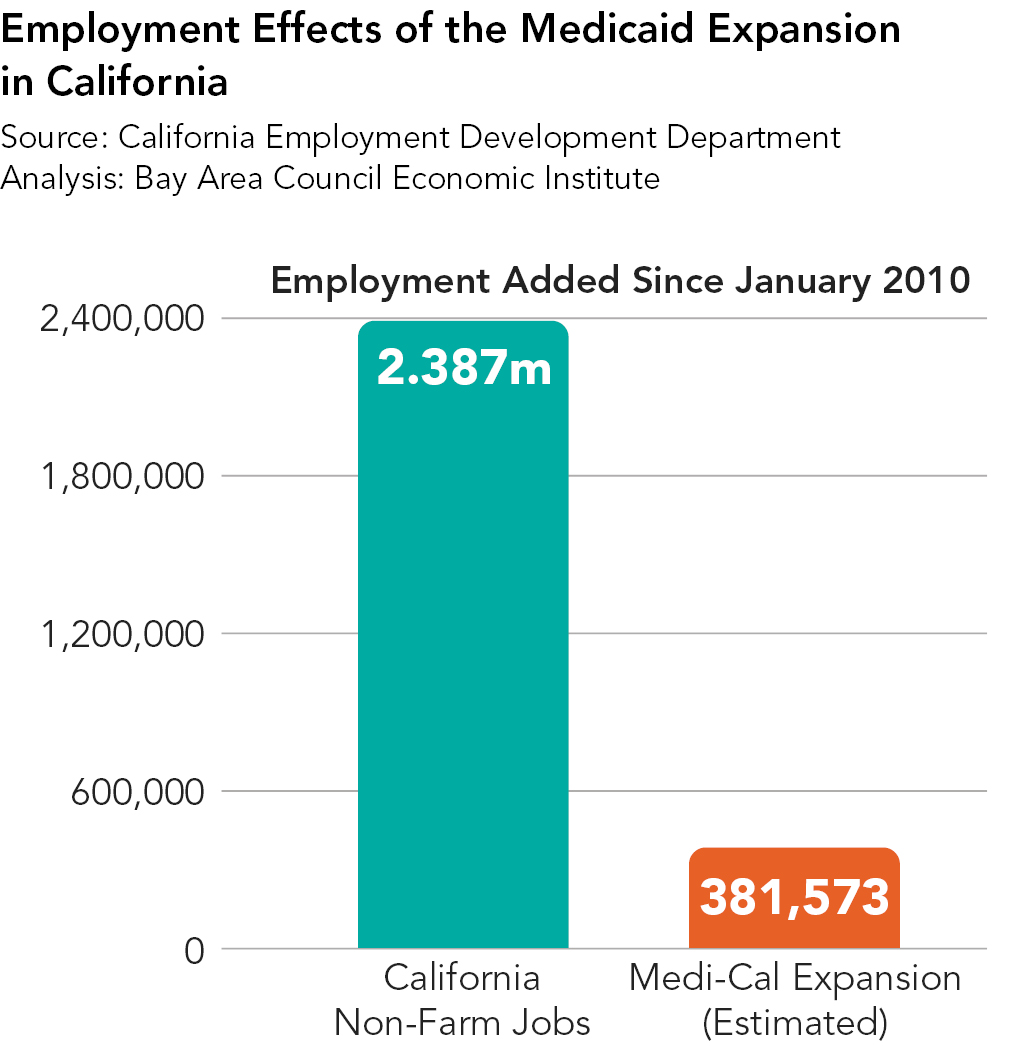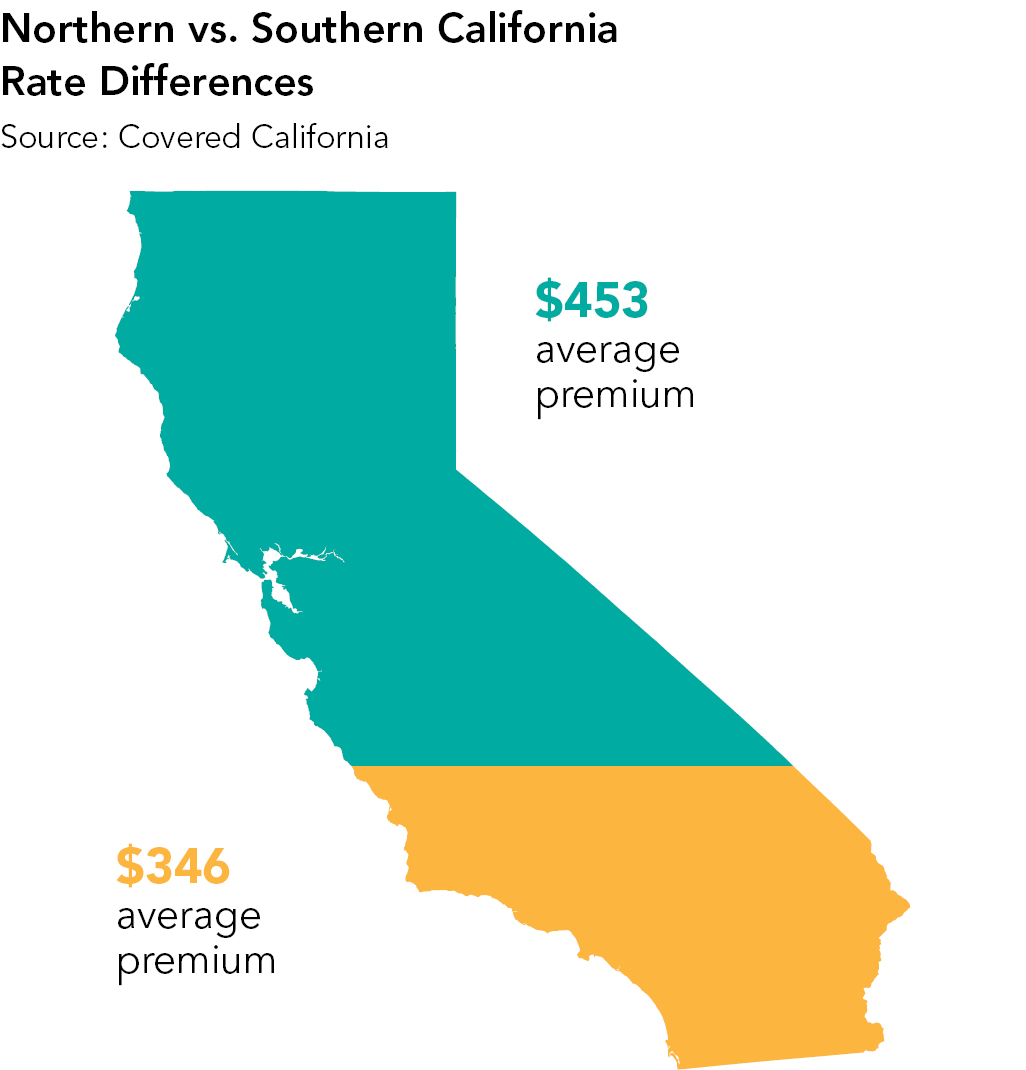About the Authors
Micah Weinberg, PhD
Micah Weinberg is currently President of the Economic Institute at the Bay Area Council. In this role, he manages a team of professional researchers who produce world class economic and policy analysis and insight. Economic opportunity, affordable housing, reliable transportation, and lifelong learning are the pillars of personal and community health. Dr. Weinberg’s own research and advocacy focuses on improving these “social determinants” of health as well as on expanding access to high quality, afford-able healthcare. Before coming to the Council, Micah was Senior Research Fellow at the New America Foundation. Dr. Weinberg’s writing has appeared in diverse outlets from Politico to Policy Studies Journal, and he has appeared on Fox News and NPR. He holds a doctoral degree in Political Science from the University of North Carolina at Chapel Hill and graduated with honors from Princeton University with a degree in Politics.
Lanhee J. Chen, PhD
Lanhee J. Chen is the David and Diane Steffy Research Fellow at the Hoover Institution and Director of Domestic Policy Studies and Lecturer in the Public Policy Program at Stanford University. He is also Counsel at the law firm of Arent Fox LLP.
Dr. Chen has served as an adviser to numerous public officials and was the policy director of the Romney-Ryan 2012 presidential campaign. He also served as a senior official at the U.S. Department of Health and Human Services during the George W. Bush Administration. Dr. Chen currently serves as a presidentially-appointed member of the Social Security Advisory Board—an independent, bipartisan panel that advises the president, Congress, and the Commissioner of Social Security on matters related to the Social Security program. He earned his PhD in Political Science from Harvard University and a JD from Harvard Law School.
